
The History of Men’s Fashion Jewelry and Its Modern Trends
Jewelry has been an important part of men's fashion for thousands of years. From ancient civilizations to modern-day trends, men have used jewelry to express their status, personality, and style. High-end men's jewelry has evolved to become a key accessory, much more than just a symbol of wealth or power.
Today, giving a piece of high-end jewelry can make a meaningful and memorable gift. Whether it's for a birthday, anniversary, or another special occasion, these luxurious items hold lasting value and sentiment. Understanding the history and types of men's jewelry can help you choose the perfect piece that resonates with the man you’re gifting it to.
When we talk about high-end men's jewelry, we refer to pieces crafted with excellent materials like gold, platinum, and precious stones. These items are more than just accessories; they represent quality and timeless elegance. As we explore the journey of men's jewelry through different periods, you'll gain insight into selecting a gift that truly stands out.
Ancient Origins of Men’s Jewelry
Men's jewelry has deep roots that trace back to ancient civilizations. From Egypt to Mesopotamia and Greece, men adorned themselves with jewelry for various reasons. In ancient Egypt, for example, men wore elaborately crafted bracelets, necklaces, and rings made from gold and semi-precious stones. These pieces often symbolized their social status, deity connections, or served as amulets for protection. The Mesopotamians used materials like lapis lazuli and carnelian to create striking jewelry, which often featured intricate designs and motifs.
In ancient Greece, jewelry was also an important marker of social status and wealth. Greek men wore signet rings, which were used as both a status symbol and a practical tool for sealing documents. These rings often featured detailed engravings of gods, heroes, and mythical creatures. The materials used varied from gold and silver to bronze, reflecting the wearer's wealth and standing in society. Through these examples, it’s clear that jewelry has always played a role beyond mere decoration, acting as powerful symbols of identity and power.
Evolution Through the Middle Ages and Renaissance
During the Middle Ages, men's jewelry experienced significant evolution. This period saw the emergence of new designs and the increased use of gemstones. The jewelry worn by men became more elaborate, often featuring intricate metalwork and vibrant stones. Brooches, rings, and belts adorned with precious gems were common among the nobility. These pieces were not only fashion statements but also indicators of wealth and influence. Enamel was another popular addition, bringing colorful details to jewelry designs.
The Renaissance brought further transformation, heavily influenced by art and the flourishing of culture. Jewelry became more detailed and extravagant, with the use of techniques like enamelwork reaching new heights. Rings with hidden compartments, intricate chains, and gemstone-laden brooches were in vogue. Men of high status, including royalty and nobility, set the trends, often commissioning custom pieces that showcased their power and refined taste. The Renaissance style melded art with everyday items, making jewelry an integral part of male fashion and expression.
These historical journeys through the ancient civilizations, Middle Ages, and Renaissance highlight how men's jewelry has always been intertwined with cultural significance, social status, and personal identity. This set the stage for the evolution of modern men's jewelry, where centuries of craftsmanship and symbolism blend with contemporary designs.
Ancient Origins of Men’s Jewelry
Men’s jewelry has roots that stretch back thousands of years, originating in some of the earliest known civilizations. In ancient Egypt, men wore elaborate pieces crafted from gold, precious stones, and enamel. These items not only showcased their wealth and status but also held religious significance. Symbols like the ankh and scarab beetle were commonly featured in jewelry and were believed to offer protection and good fortune.
In Mesopotamia and ancient Greece, men adorned themselves with jewelry made from materials like bronze, gold, and silver. These civilizations often incorporated intricate designs and motifs inspired by nature and mythology. The jewelry was not only decorative but also served as amulets and talismans to ward off evil spirits. For these ancient societies, jewelry conveyed social standing and was a mark of honor and prestige.
Evolution Through the Middle Ages and Renaissance
During the Middle Ages, men’s jewelry saw significant evolution as it became more ornate and symbolic. Knights and noblemen wore rings, brooches, and badges to signify their allegiance and rank. Materials like gold and gemstones were commonly used, and each piece often carried intricate engravings depicting coats of arms or religious symbols. Jewelry items were sometimes awarded as tokens of bravery or royal favor, enhancing their value and significance.
The Renaissance period brought a renewed interest in art and culture, influencing the styles of men’s jewelry. During this time, jewelry became even more elaborate, with intricate designs that showcased advancements in craftsmanship. Royalty and nobility set the trends, sporting various items such as medallions, signet rings, and decorative chains. The influence of rich fabrics and detailed embroidery in clothing also led to the creation of elaborate jewelry pieces that were designed to complement one another.
20th Century Shifts in Men’s Jewelry Trends
The 20th century witnessed considerable shifts in men’s jewelry trends, closely tied to cultural and social movements. In the early decades, men often wore practical yet stylish pieces like tie clips, collar pins, and cufflinks. These items added a touch of elegance to business and formal wear. The rise of Hollywood and the Jazz Age popularized more flamboyant styles with men sporting bold rings and watches.
The latter half of the century saw increased self-expression through jewelry. The 1960s and 1970s, for example, embraced the counterculture movement, with men wearing beaded necklaces, leather bracelets, and ethnic-inspired pieces. By the 1980s and 1990s, trends shifted again, highlighting gold chains, oversized rings, and bling as symbols of success and pop culture influence. Each decade brought distinct styles and key jewelry pieces that reflected the tastes and cultural dynamics of the time.
Modern Trends in High-End Men’s Fashion Jewelry
Modern high-end men’s fashion jewelry emphasizes sleek, minimalistic designs combined with luxurious materials. Current trends favor items made from white gold, platinum, and titanium for their modern appeal and durability. Men’s bracelets incorporating leather or rubber elements add an interesting contrast and a touch of rugged sophistication. Geometric shapes and clean lines are frequently used in contemporary jewelry, creating pieces that are both stylish and versatile.
Another notable trend is personalized jewelry, where men opt for custom engravings or unique designs that reflect their personal style and stories. Whether it’s a monogrammed signet ring or an intricately designed pendant, personalization adds significant sentimental value. For modern men, integrating high-end jewelry into everyday outfits can be easy. For example, a sleek bracelet can be worn with both casual and formal attire, while a sophisticated ring or necklace can complement business wear or evening ensembles. These pieces not only serve as fashion statements but also as personal symbols of elegance and refinement.
Final Thoughts
High-end men’s jewelry has evolved dramatically over the centuries, transitioning from ancient amulets to modern statement pieces. Each era’s unique styles and materials have contributed to the rich history of men’s fashion jewelry, making it what it is today. Proper care and maintenance remain essential to preserving these valuable investments, ensuring they retain their beauty and significance for years to come.
Whether you are looking to start your collection or add to it, understanding the history and latest trends in men’s high-end jewelry can help you make informed decisions. The elegance and sophistication of these pieces make them a stylish choice and a meaningful one.
Discover our exquisite collection at Hommes Oro to find the perfect high-end jewelry that complements your style and stands the test of time.
Best Sellers












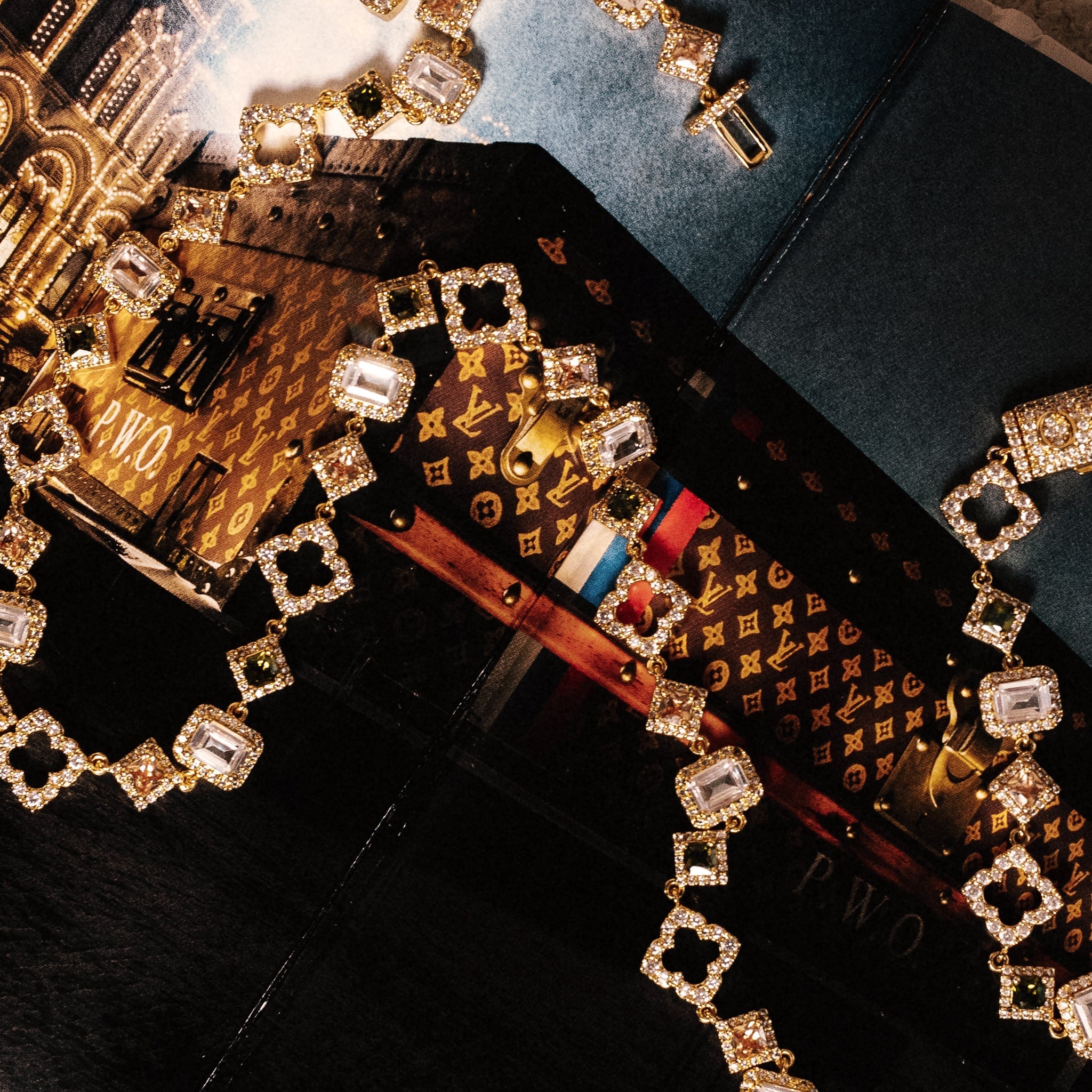
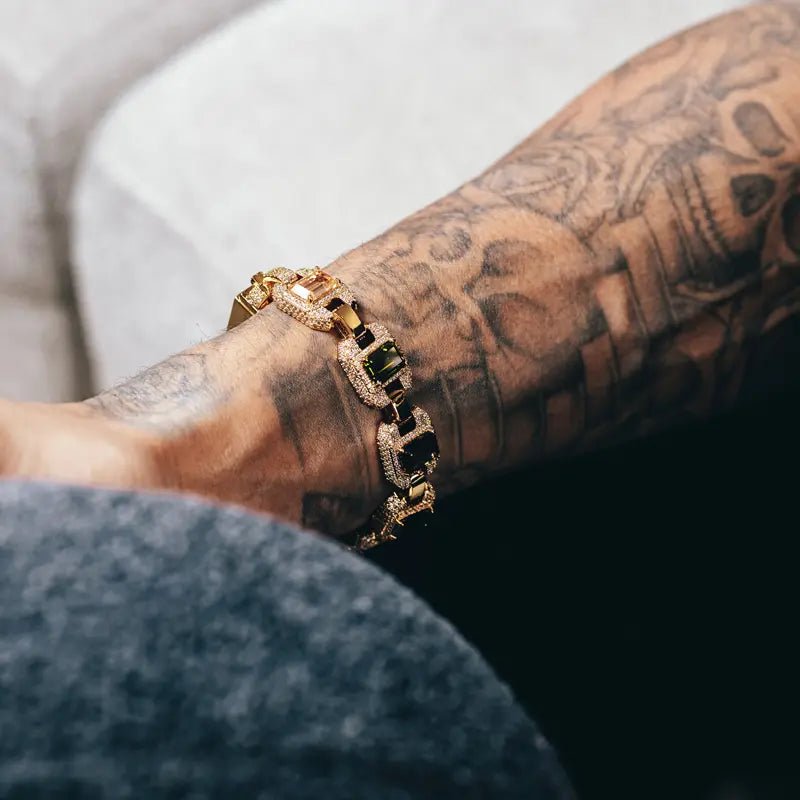
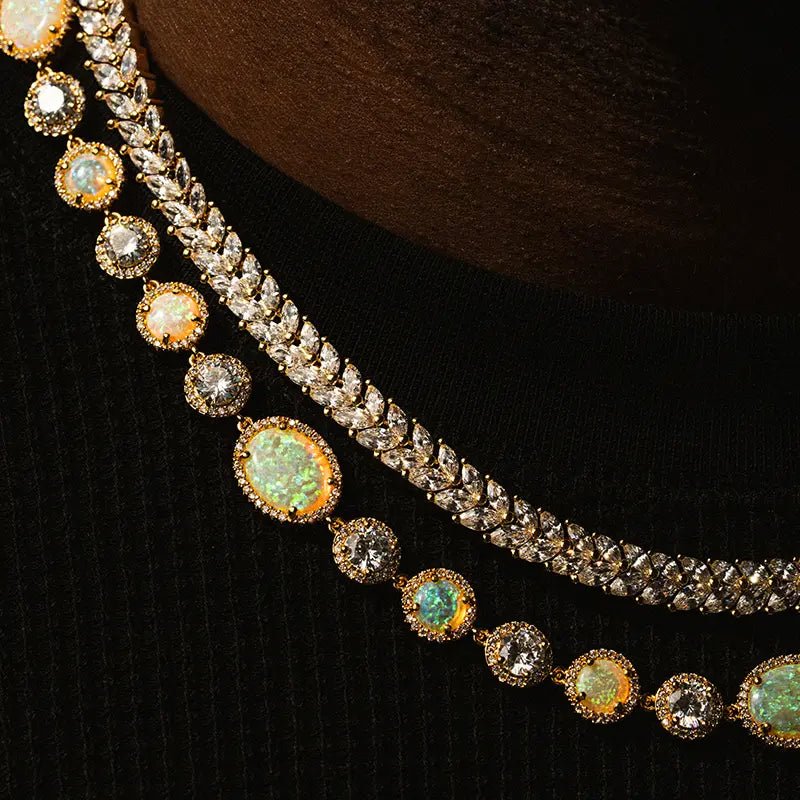
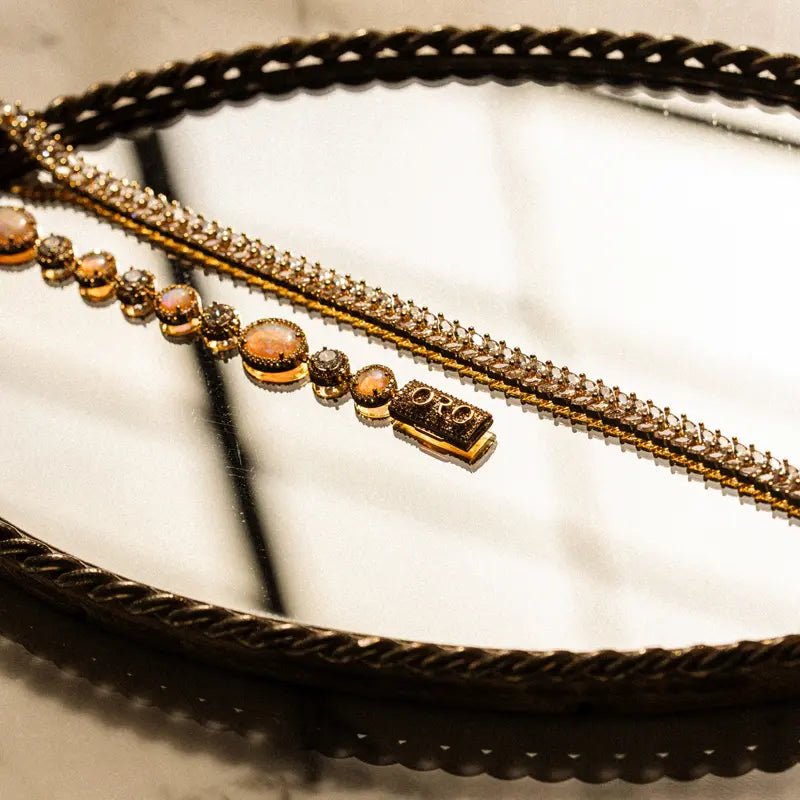
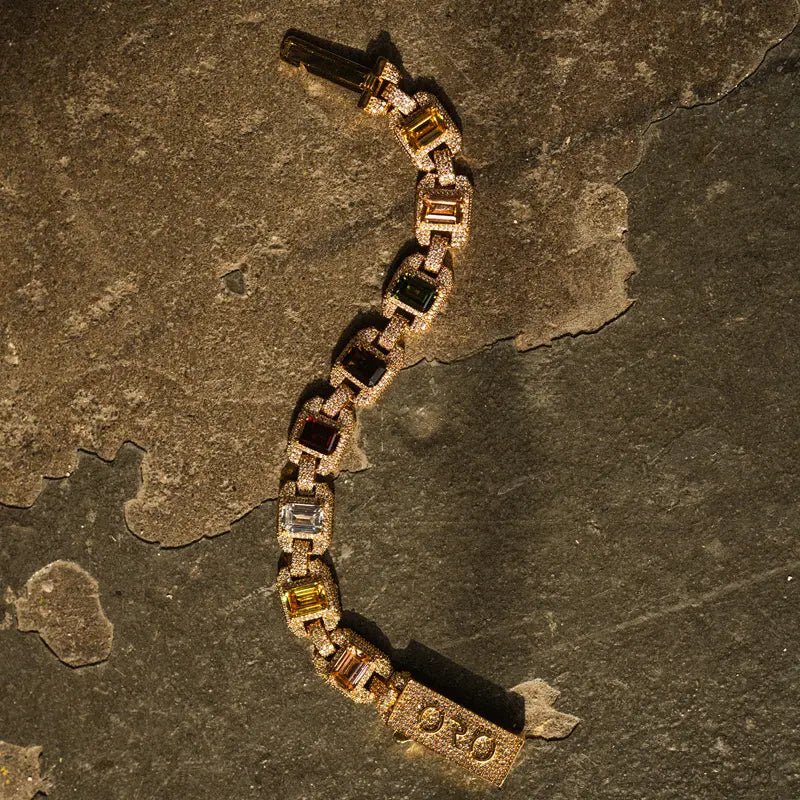
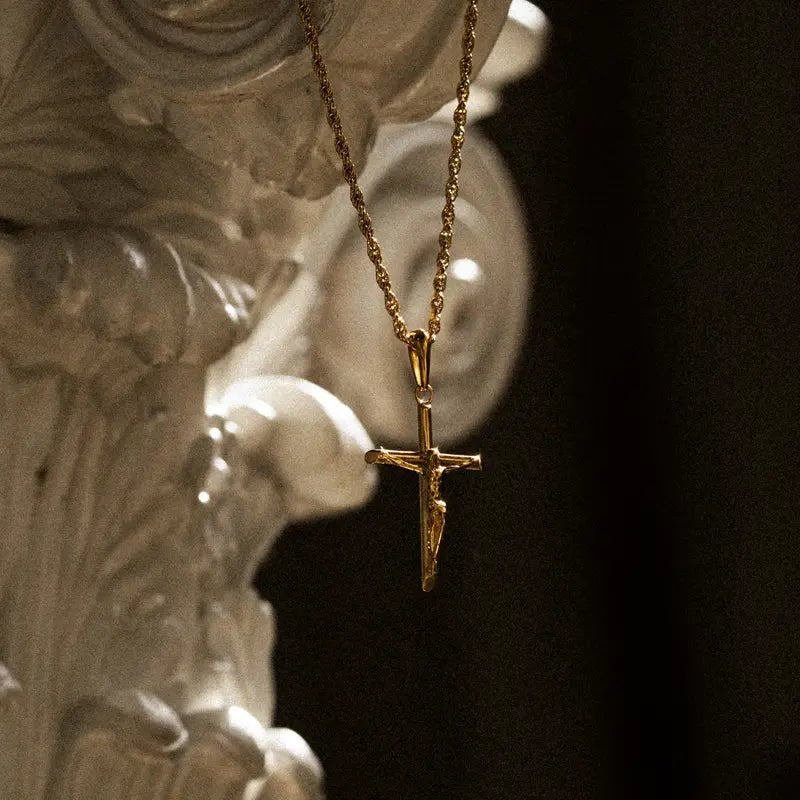
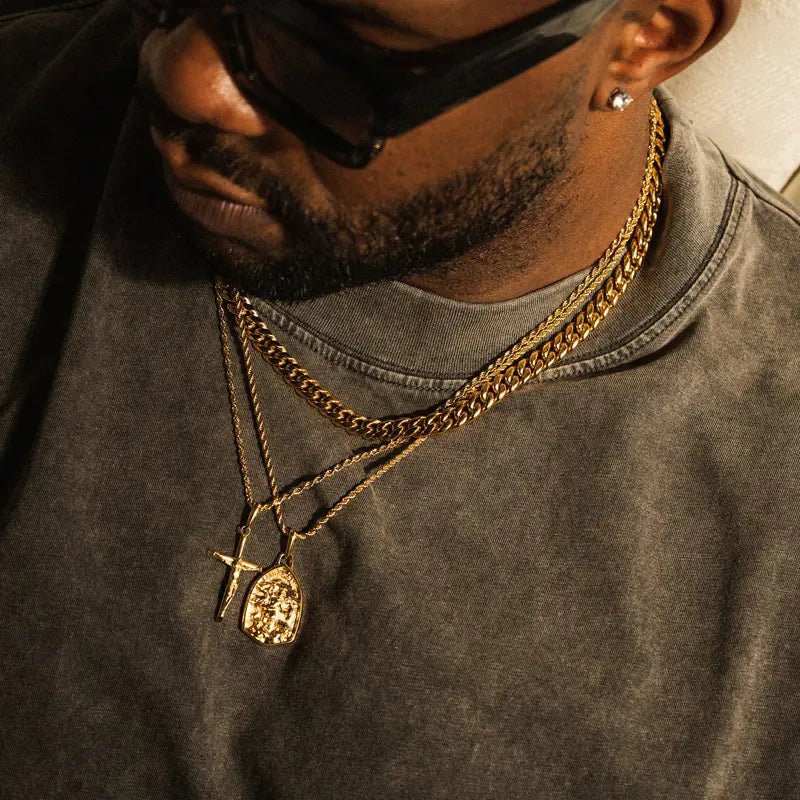


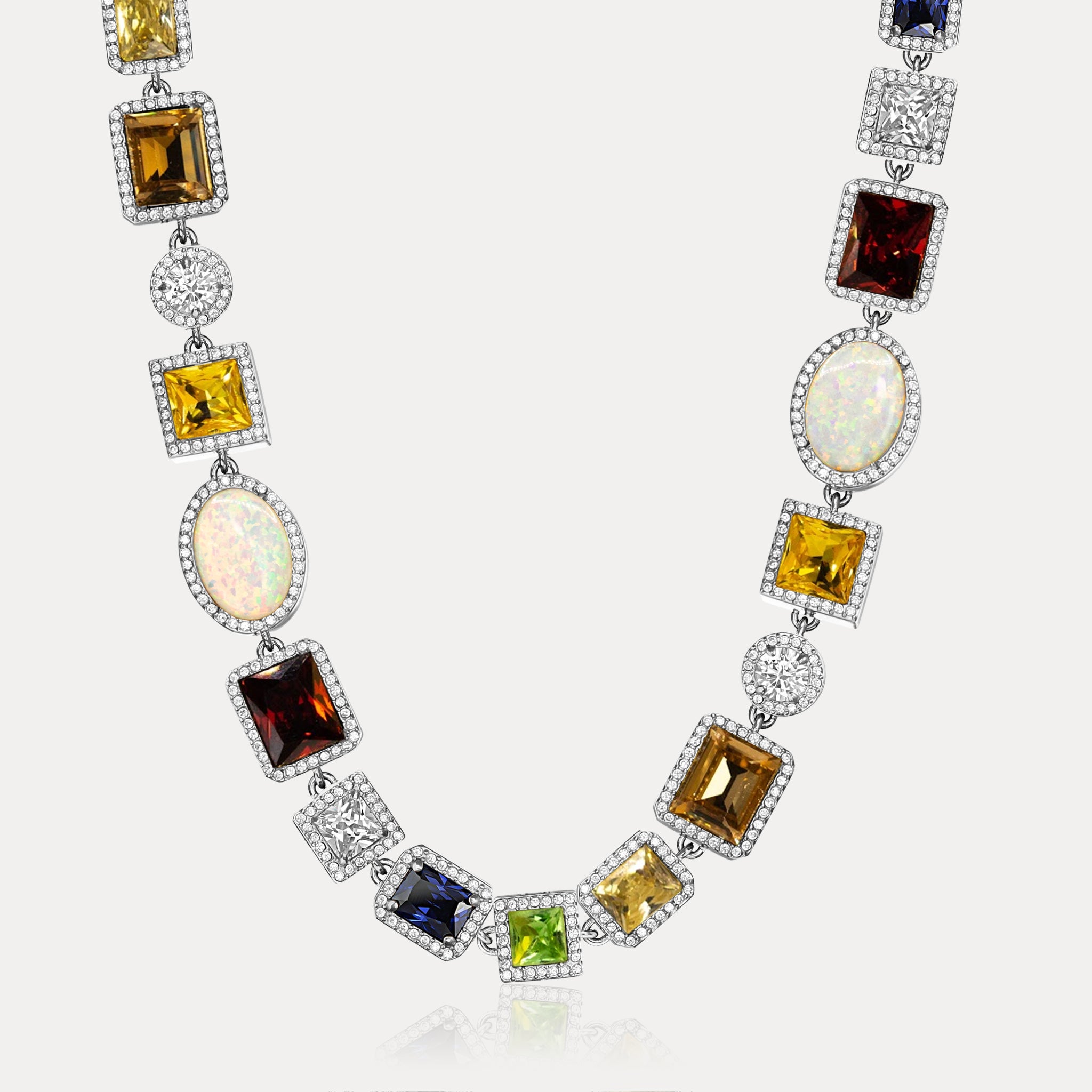
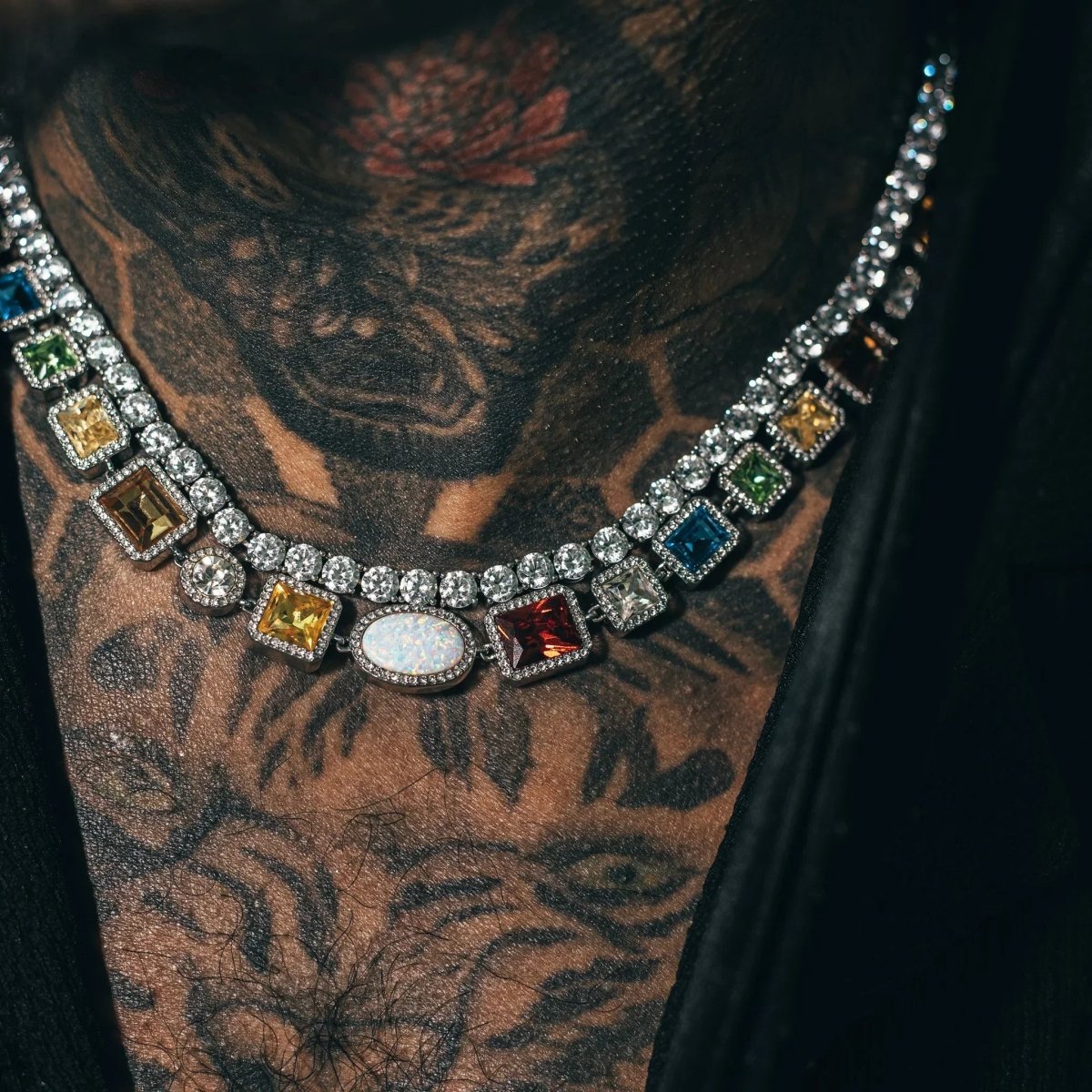
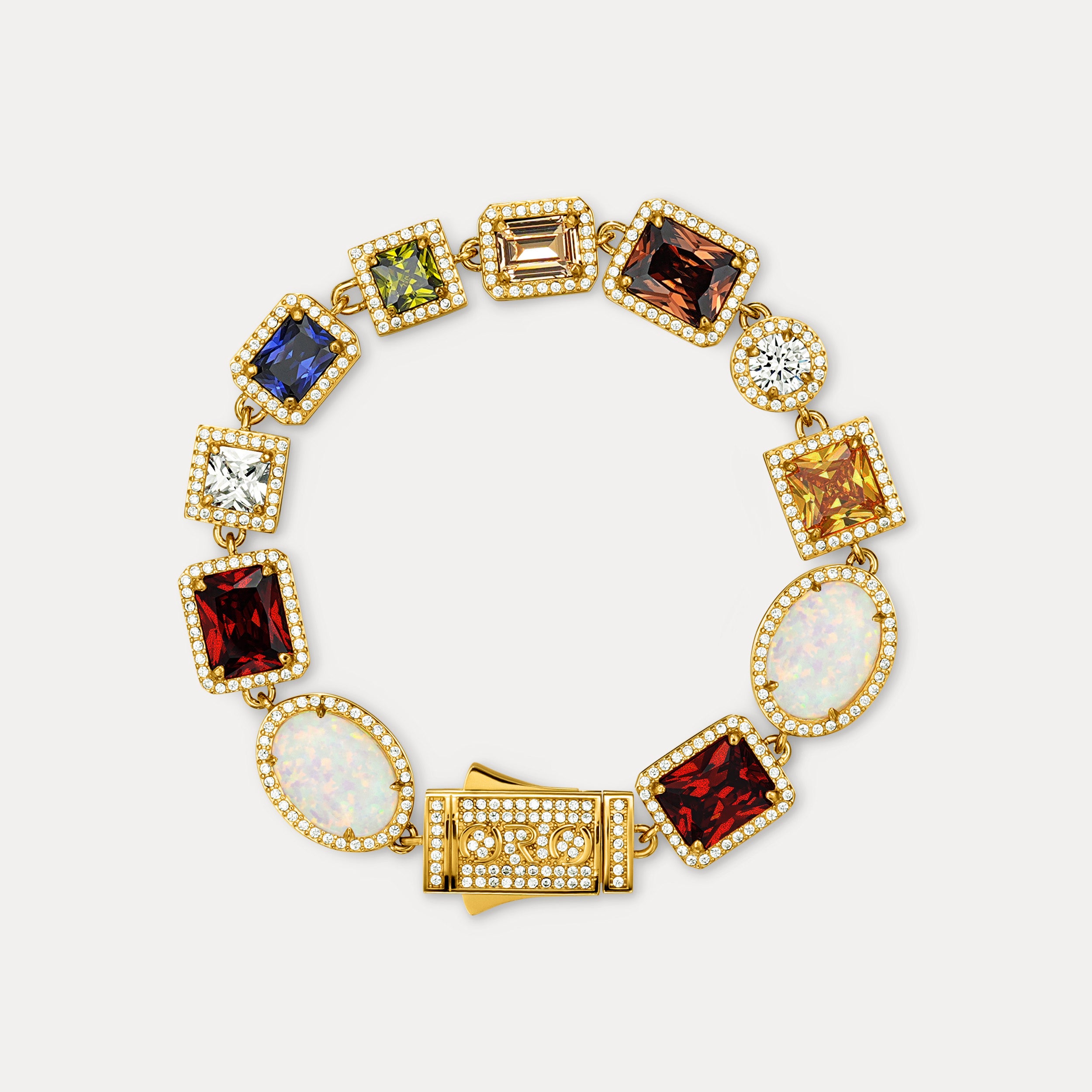

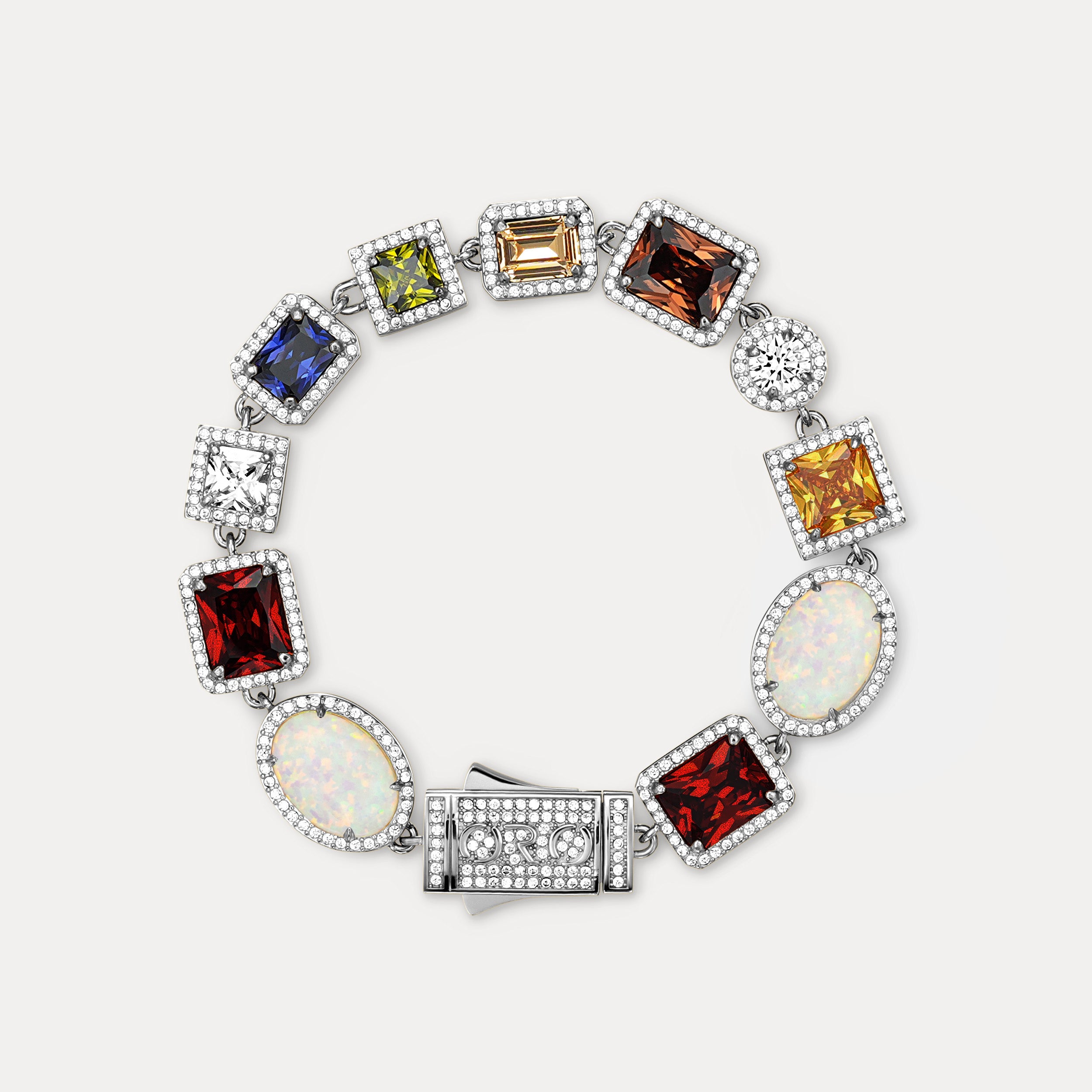
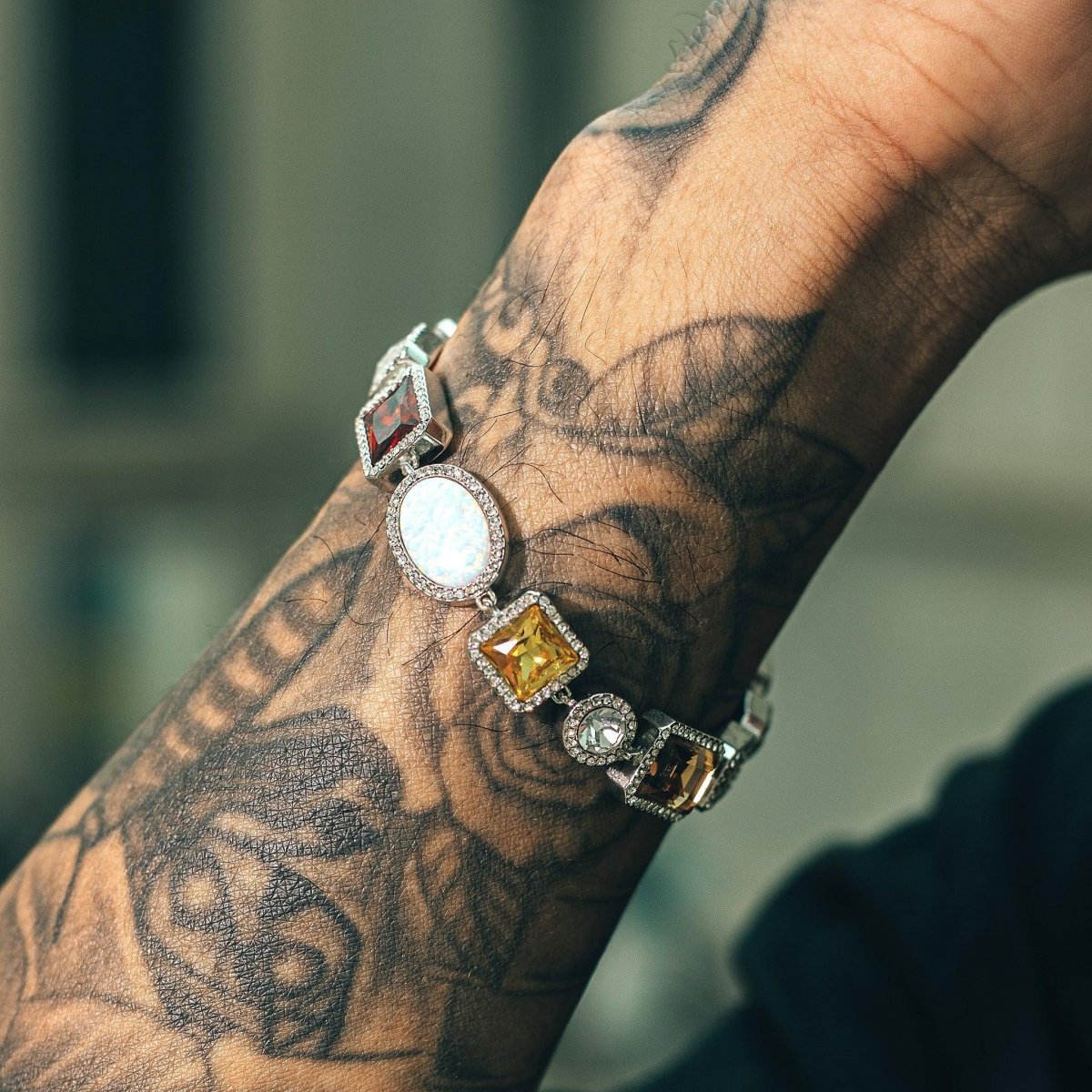
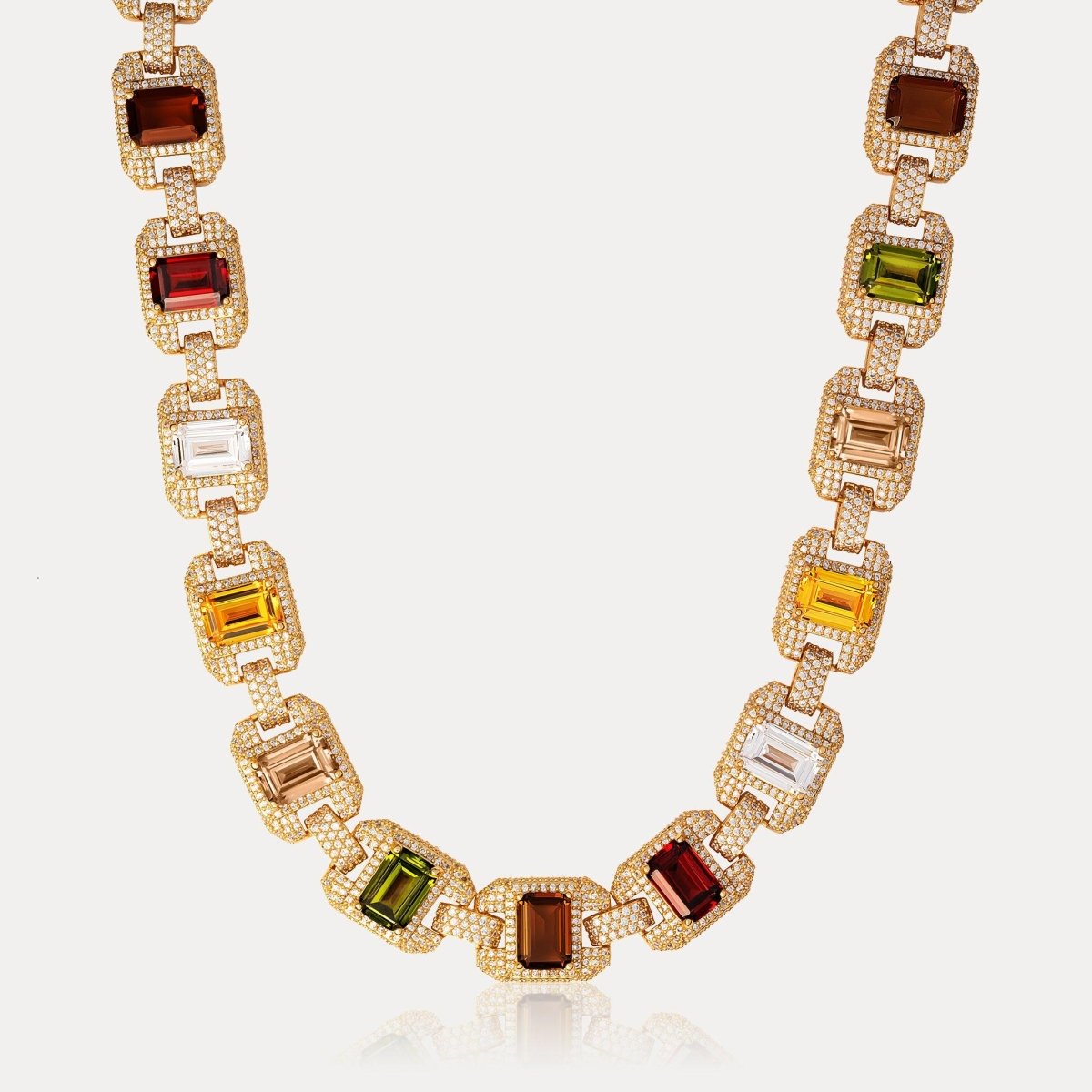
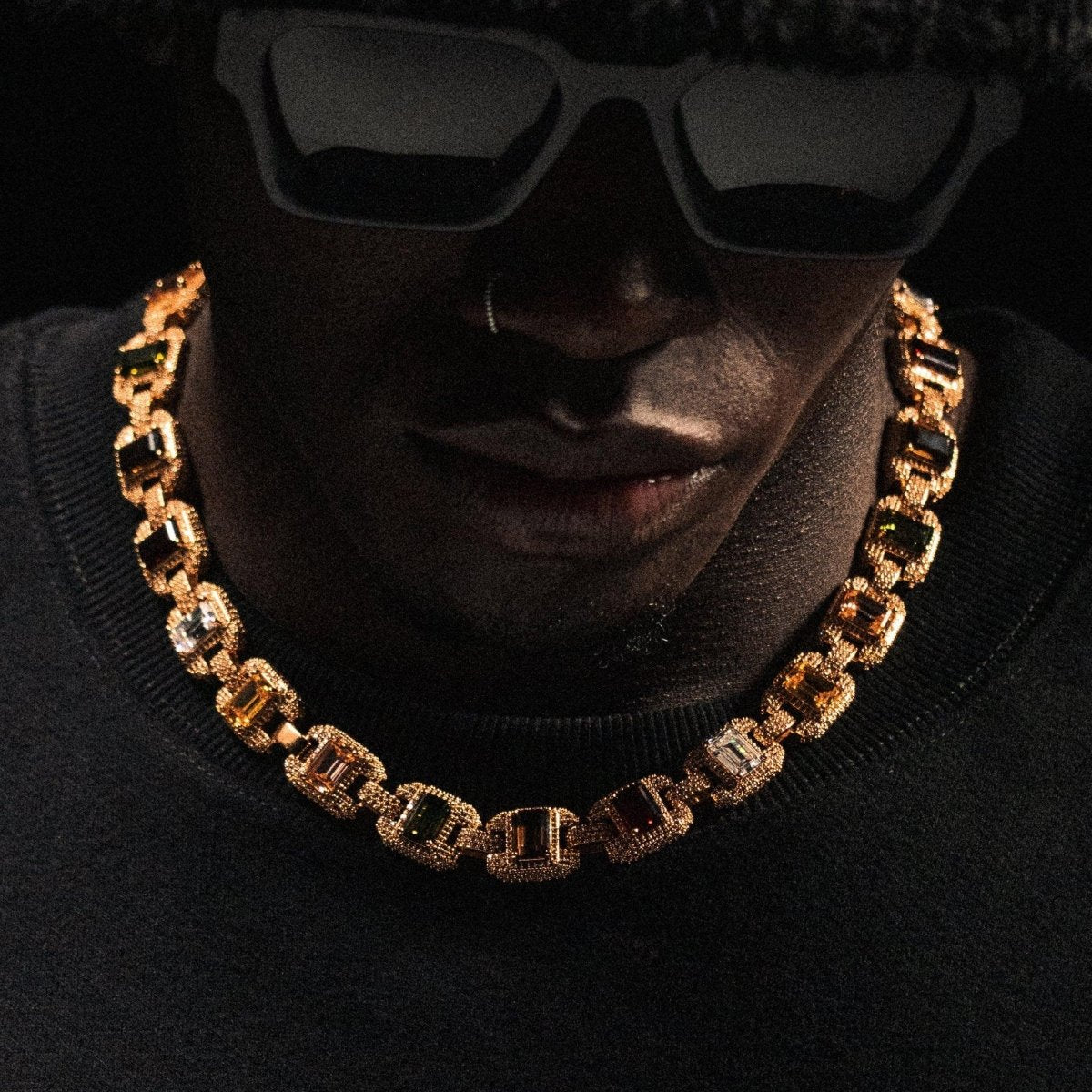


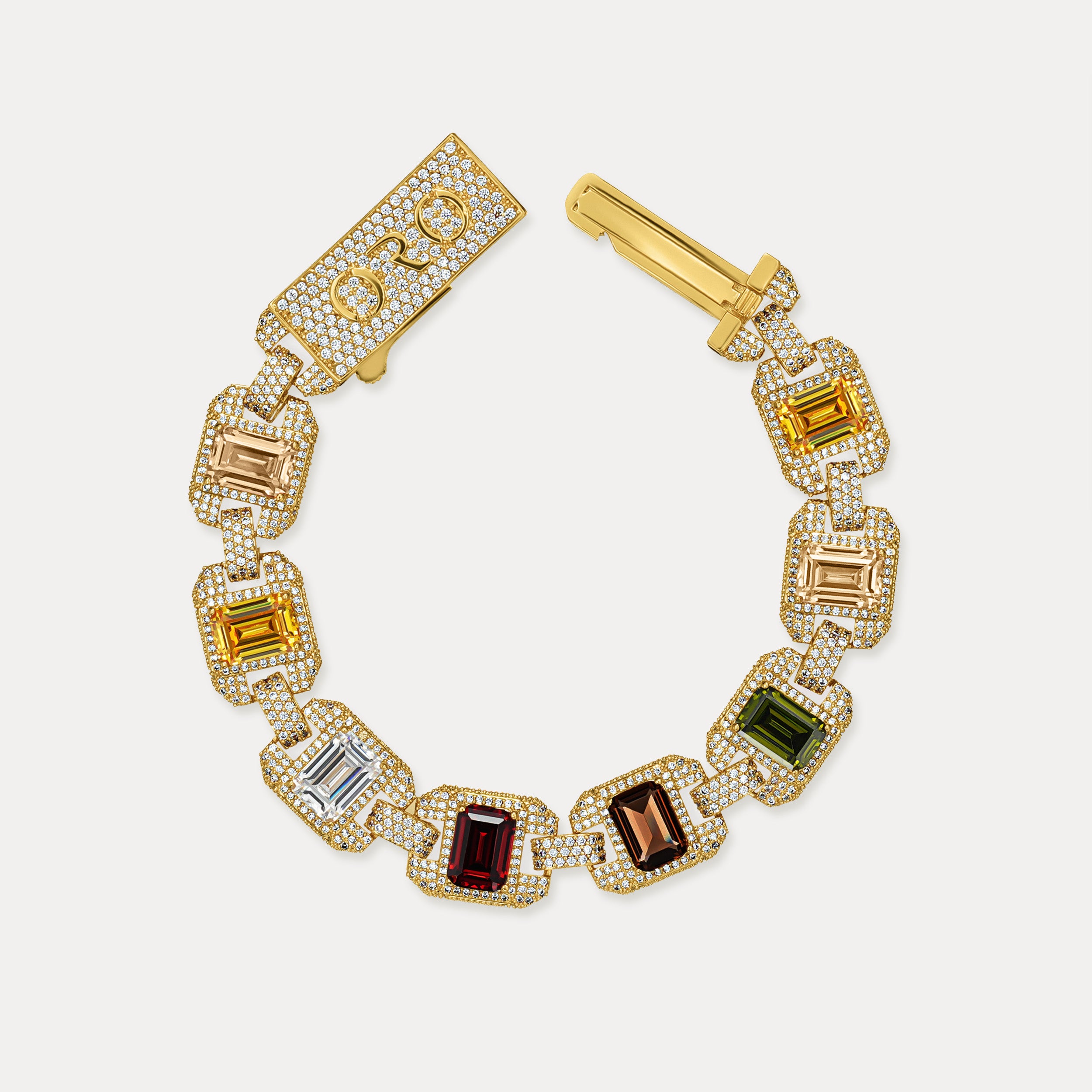
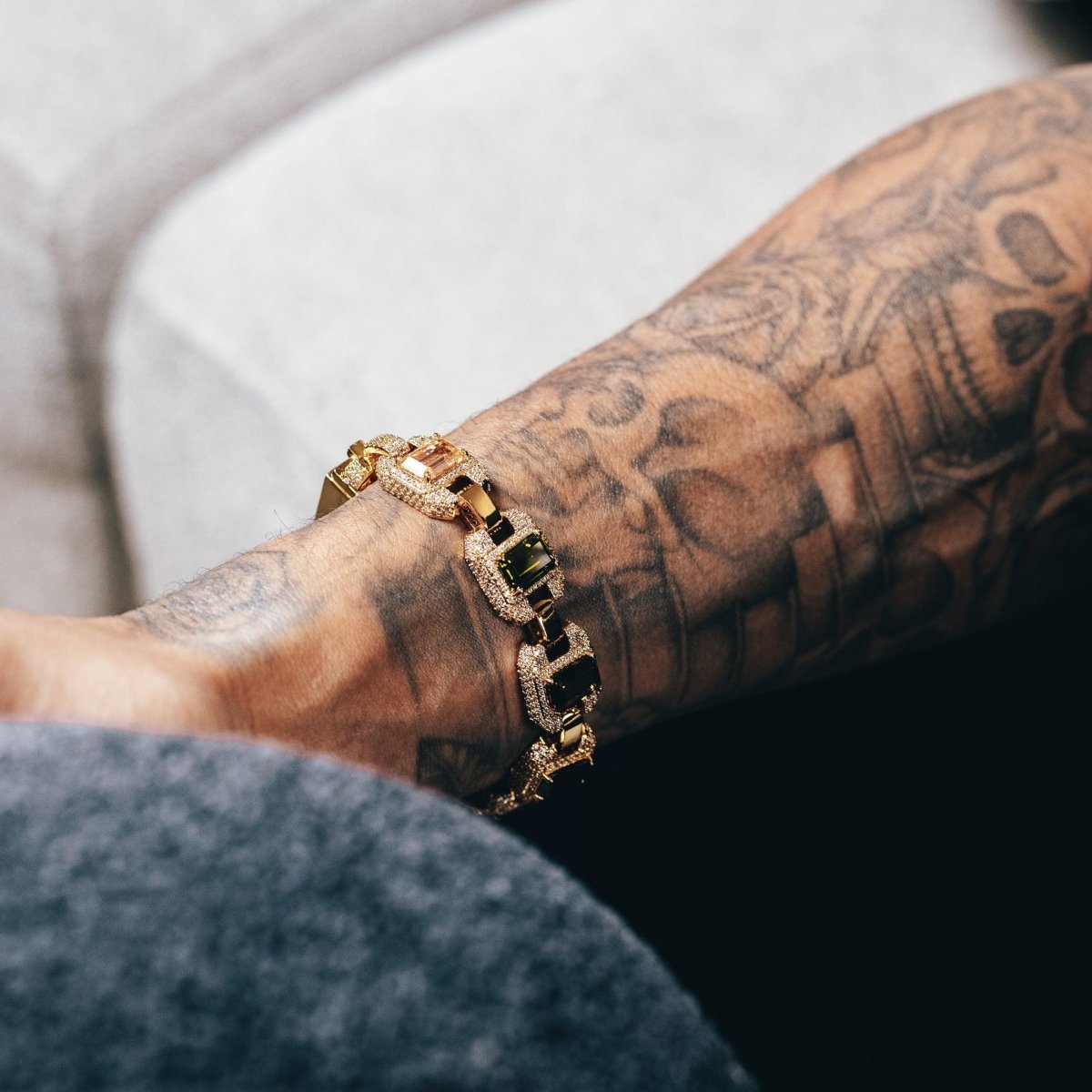
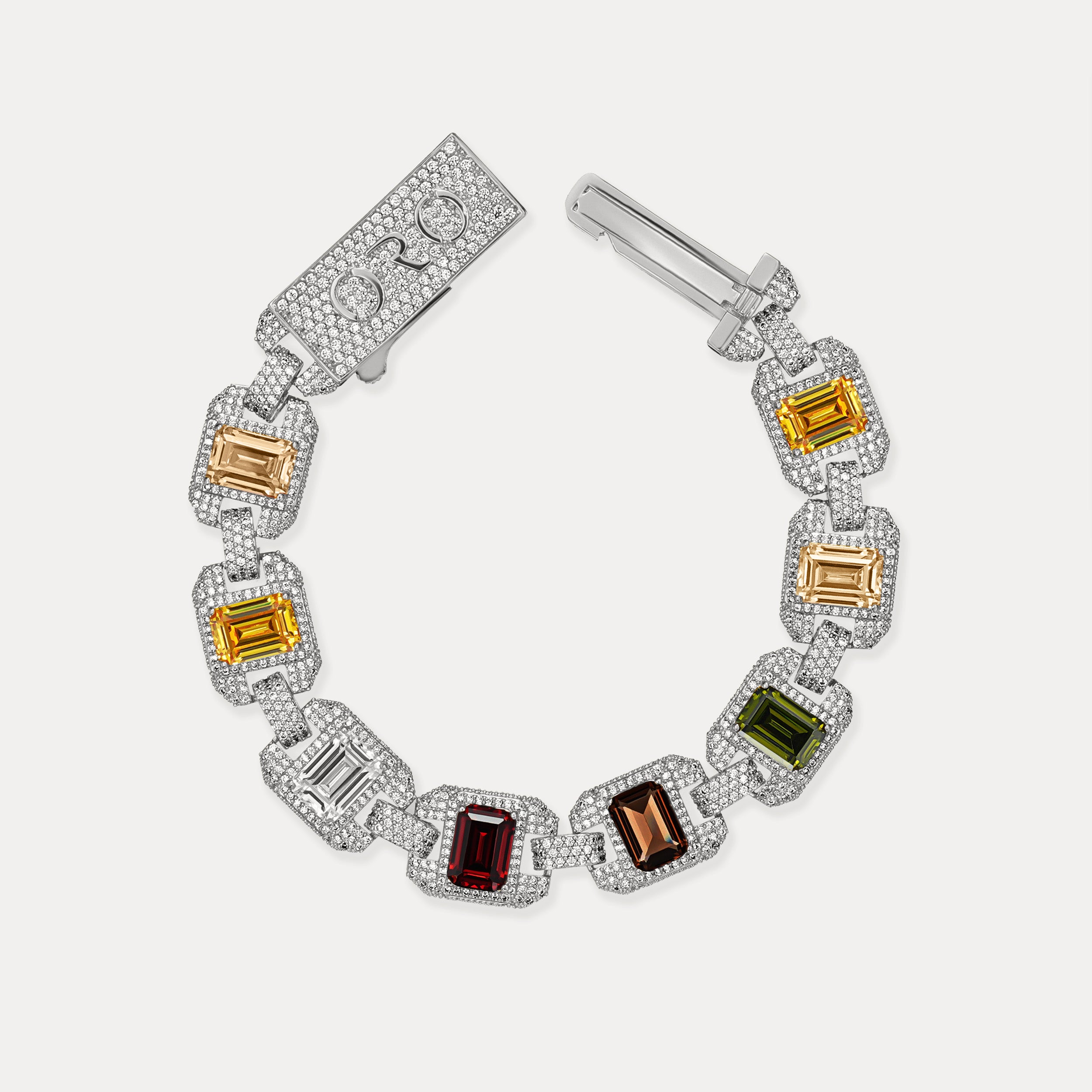
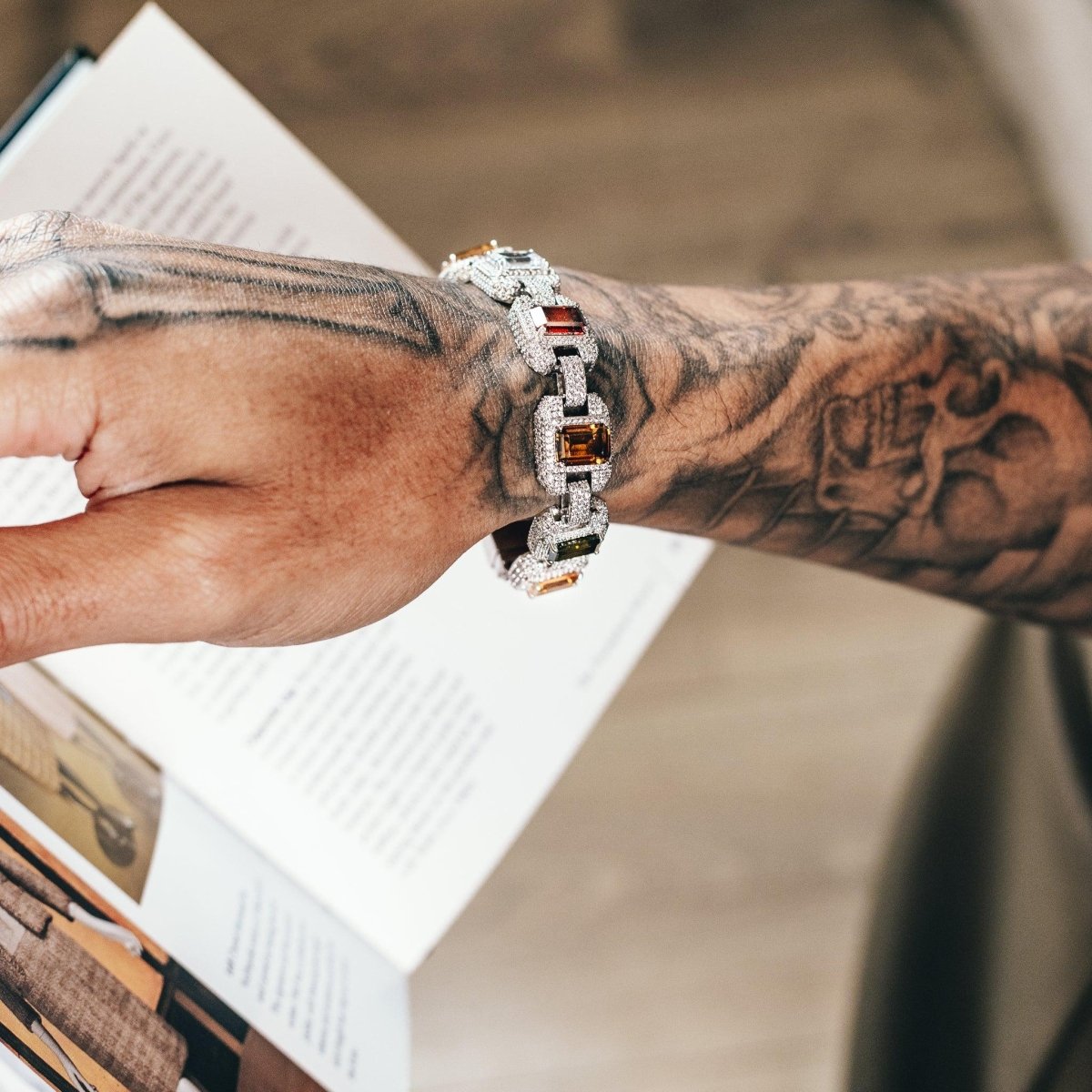
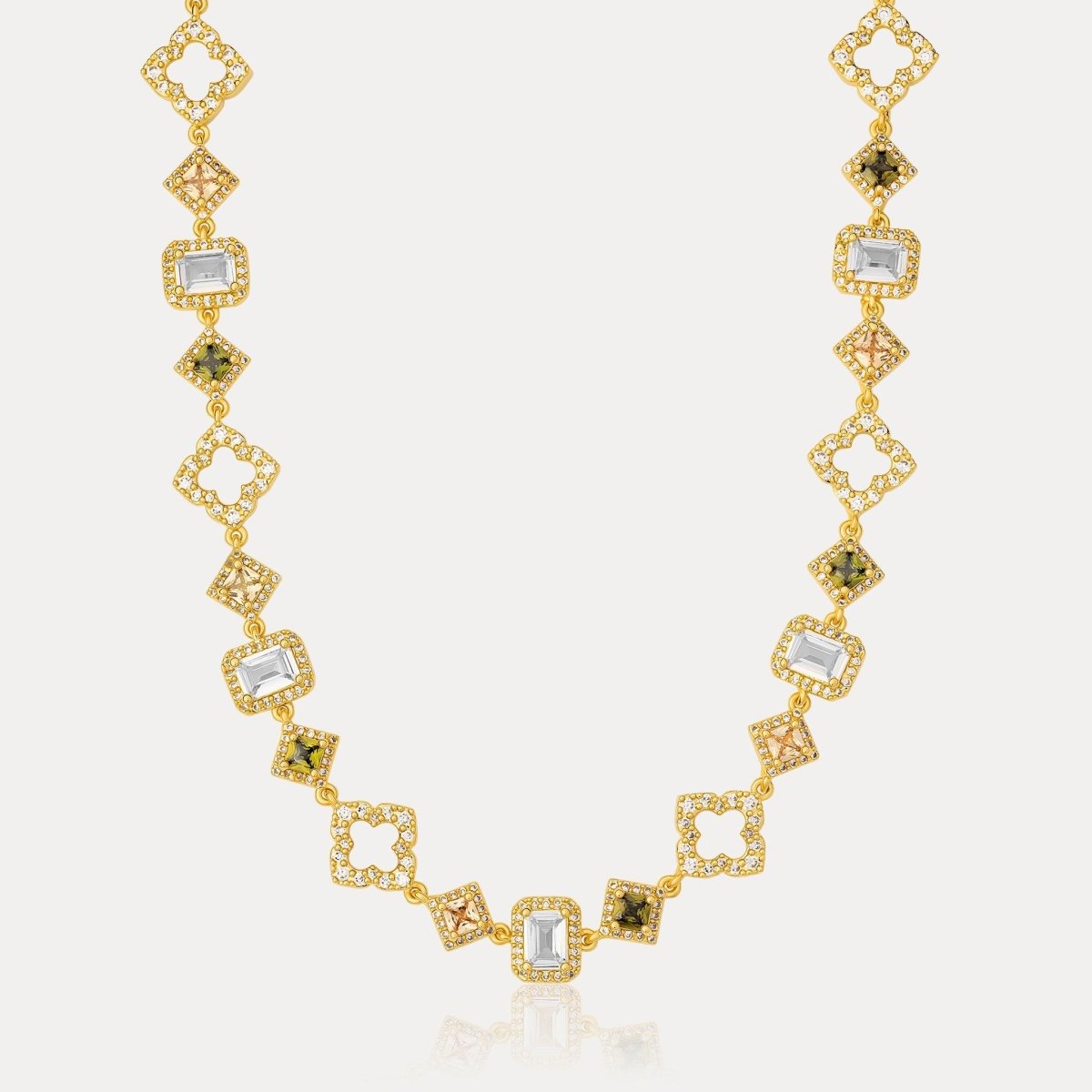
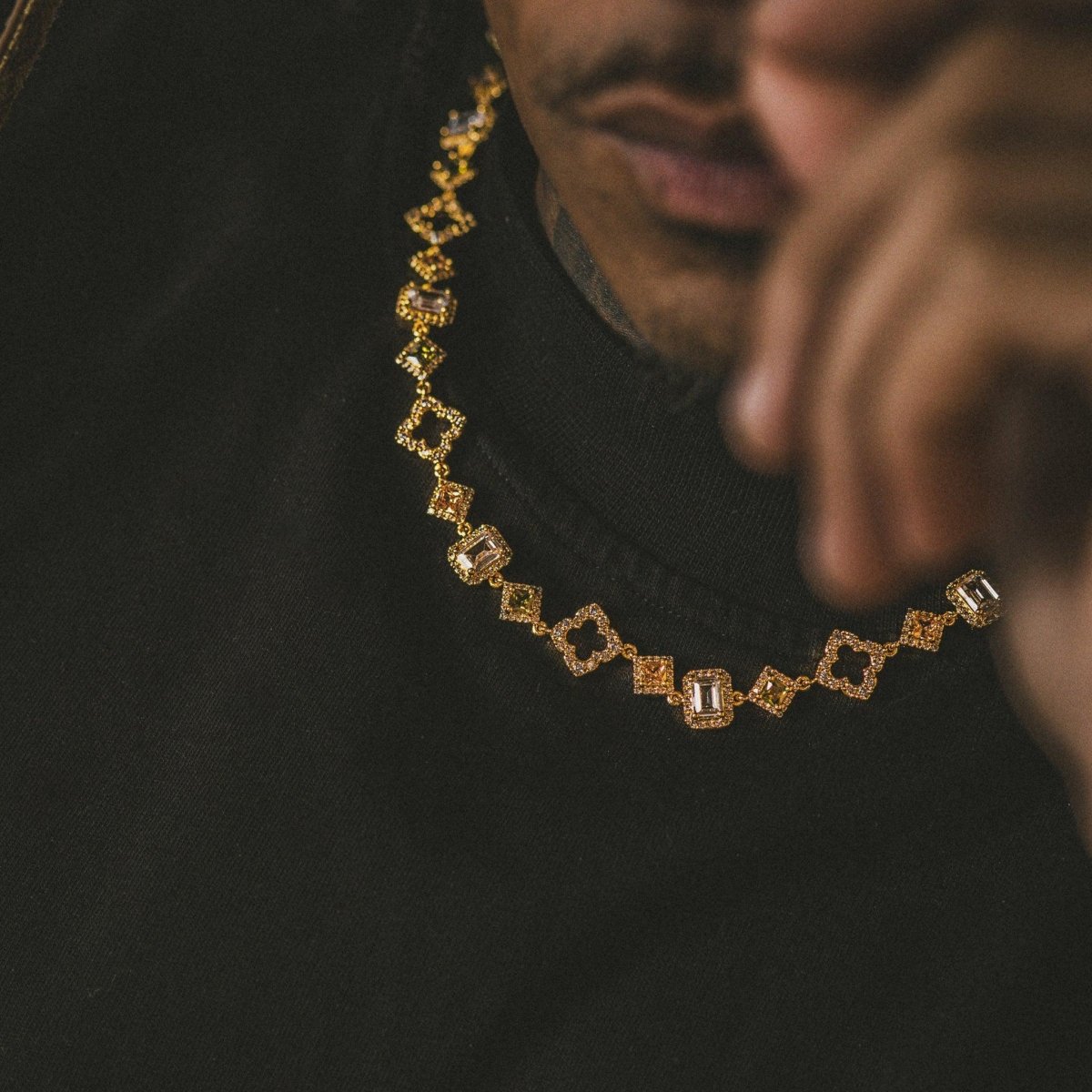
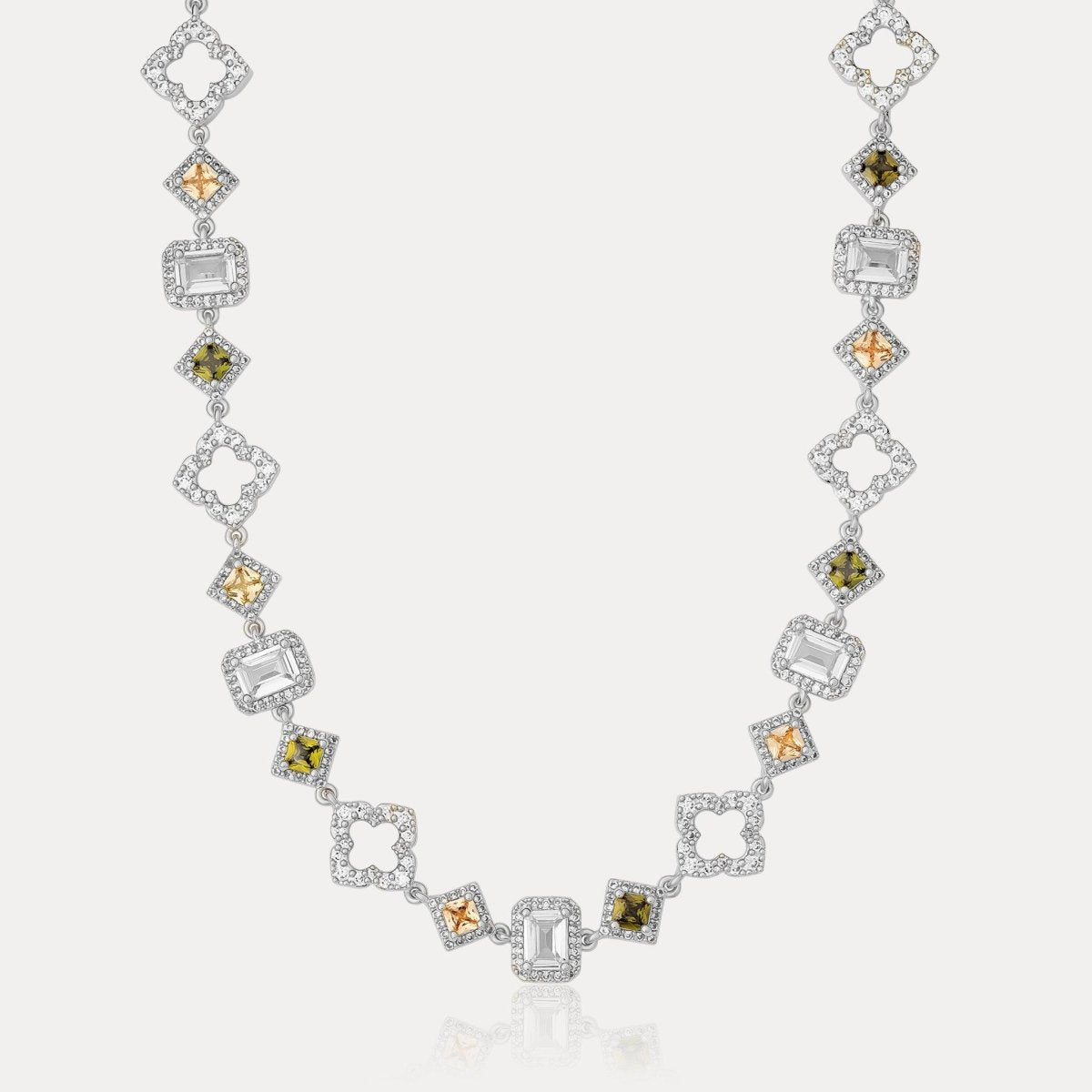
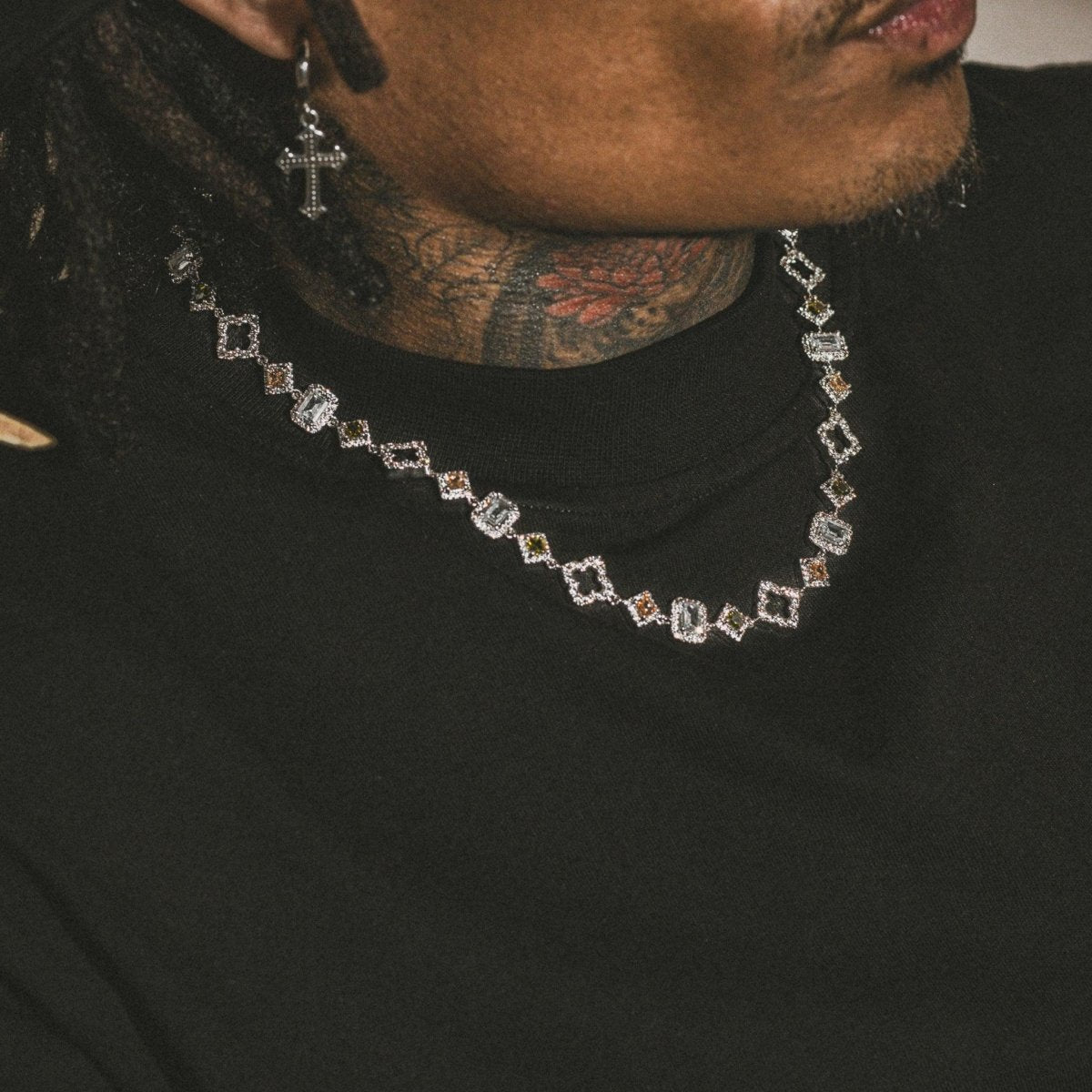

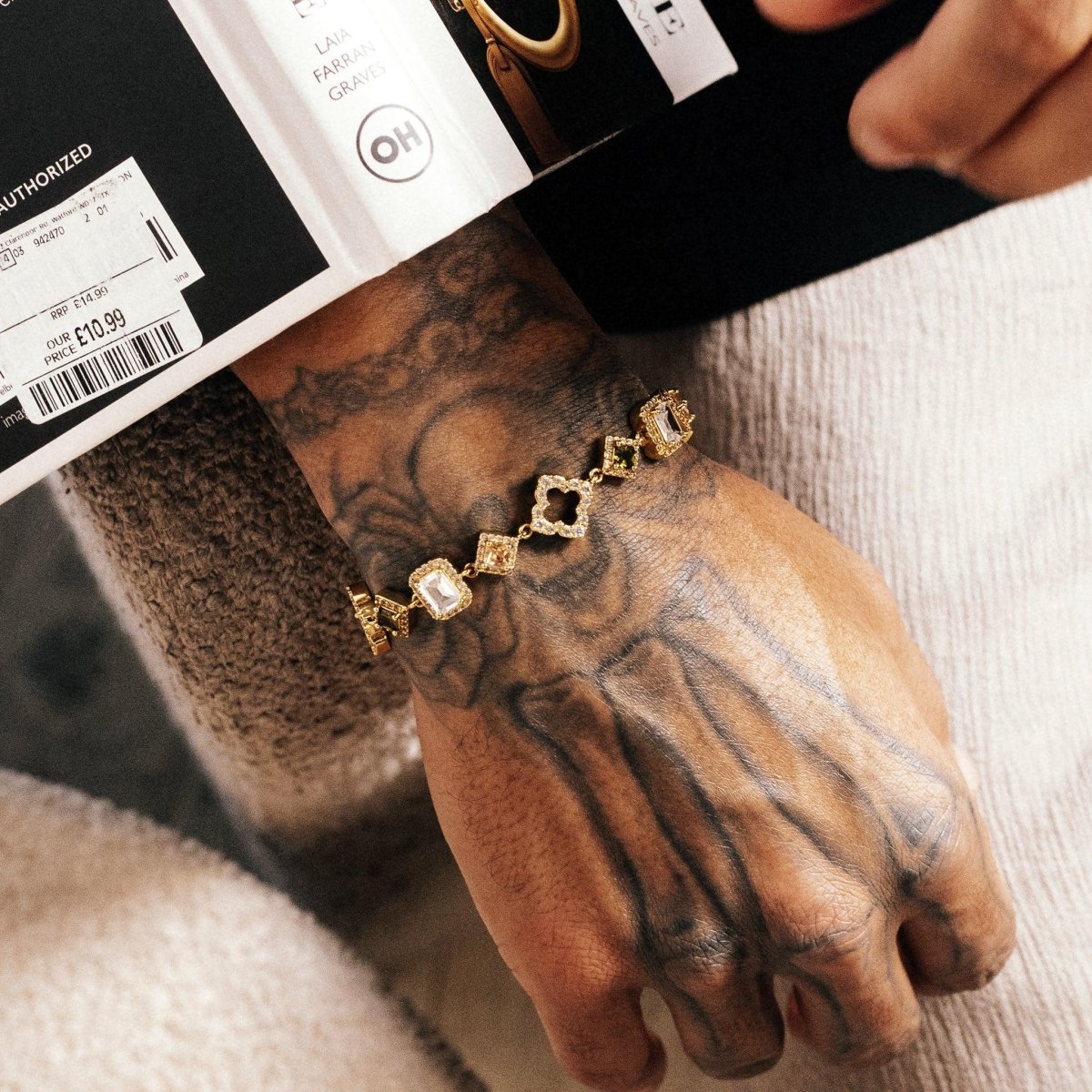

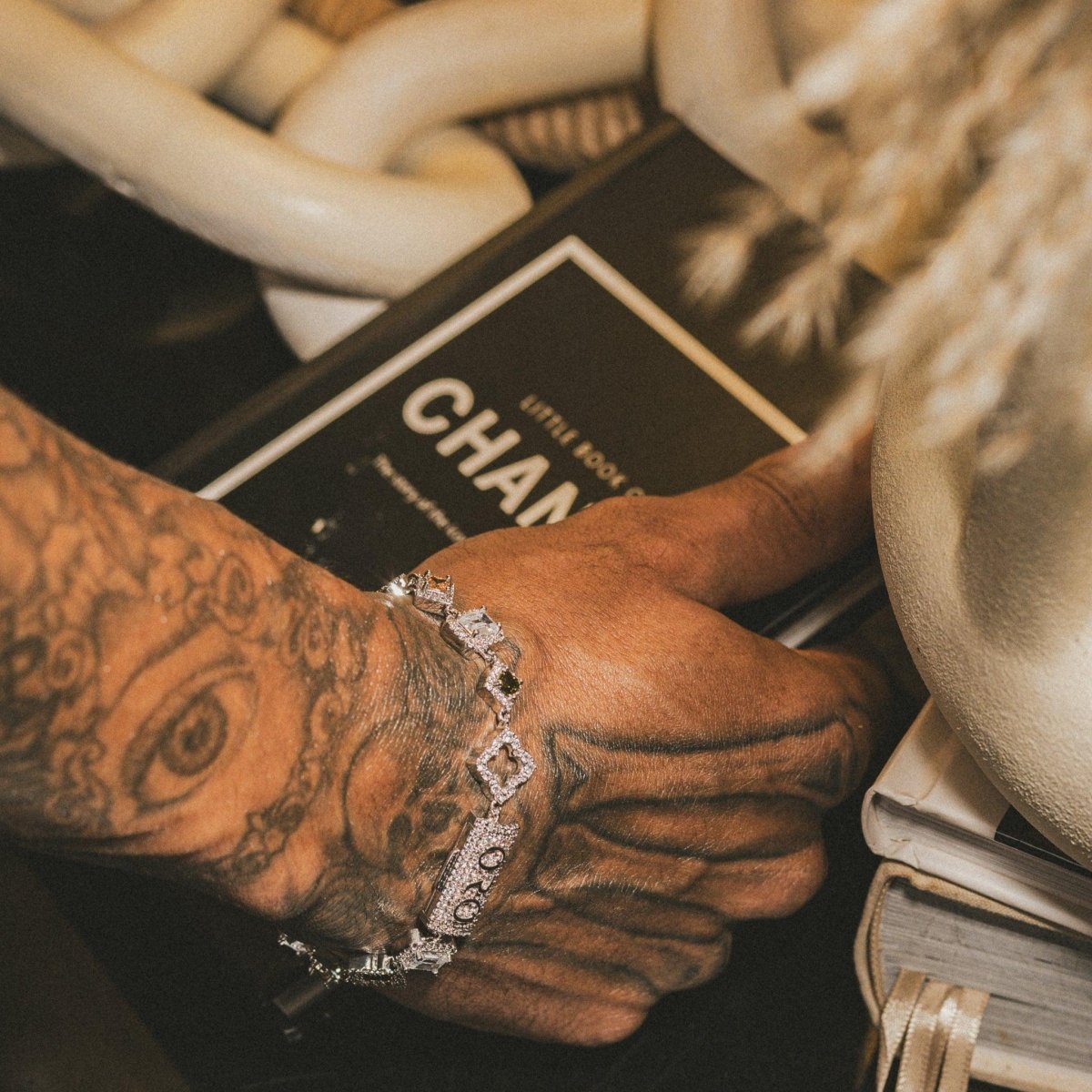
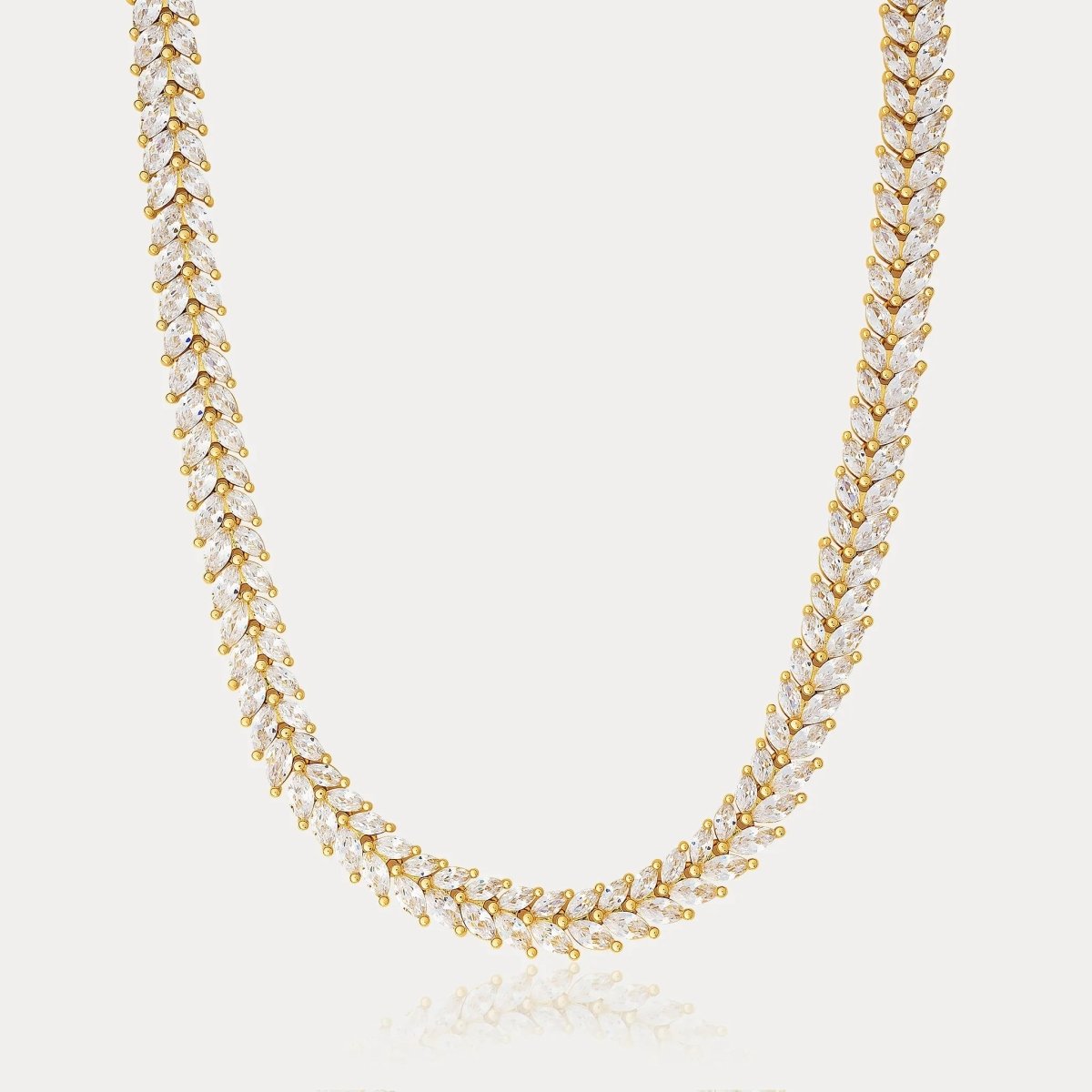
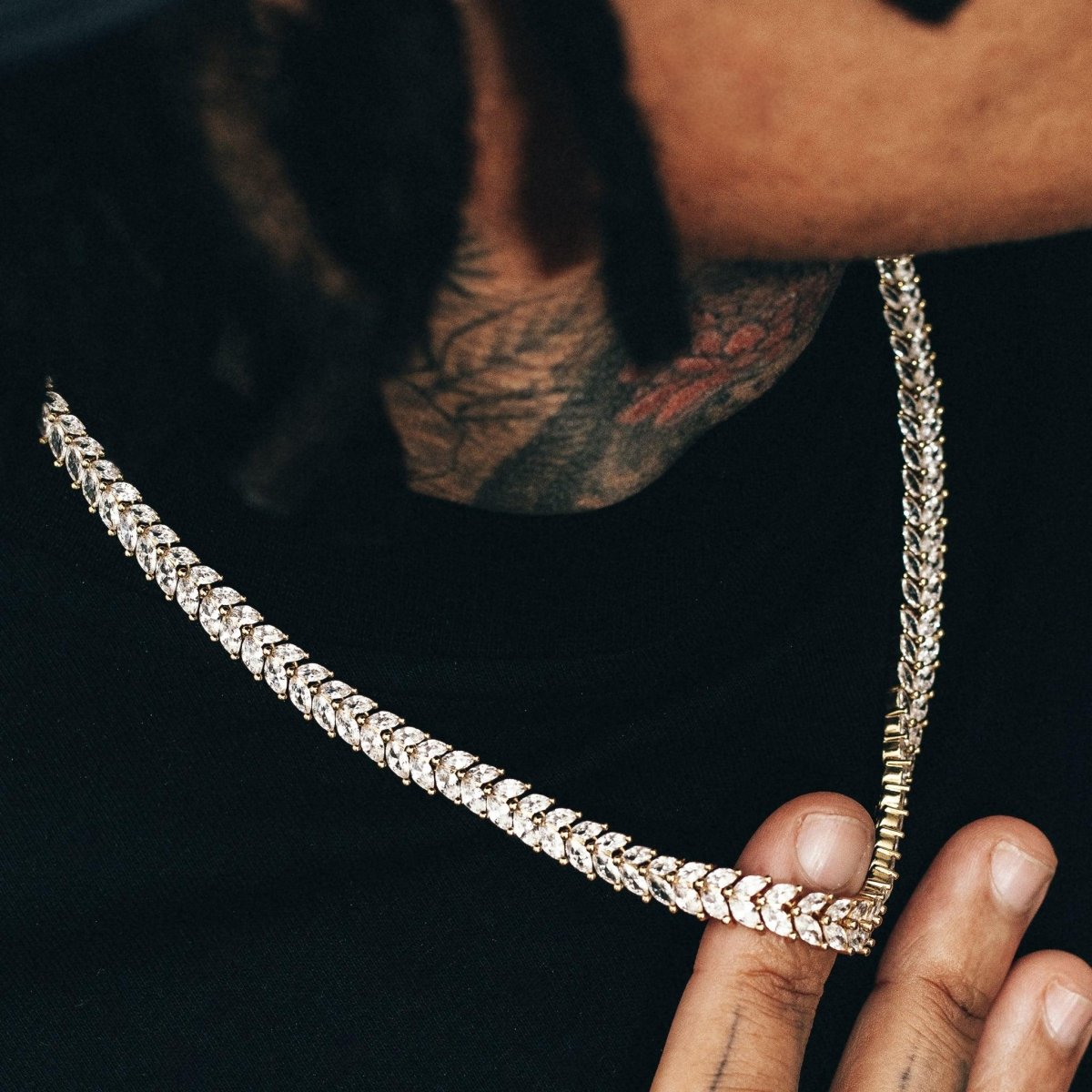
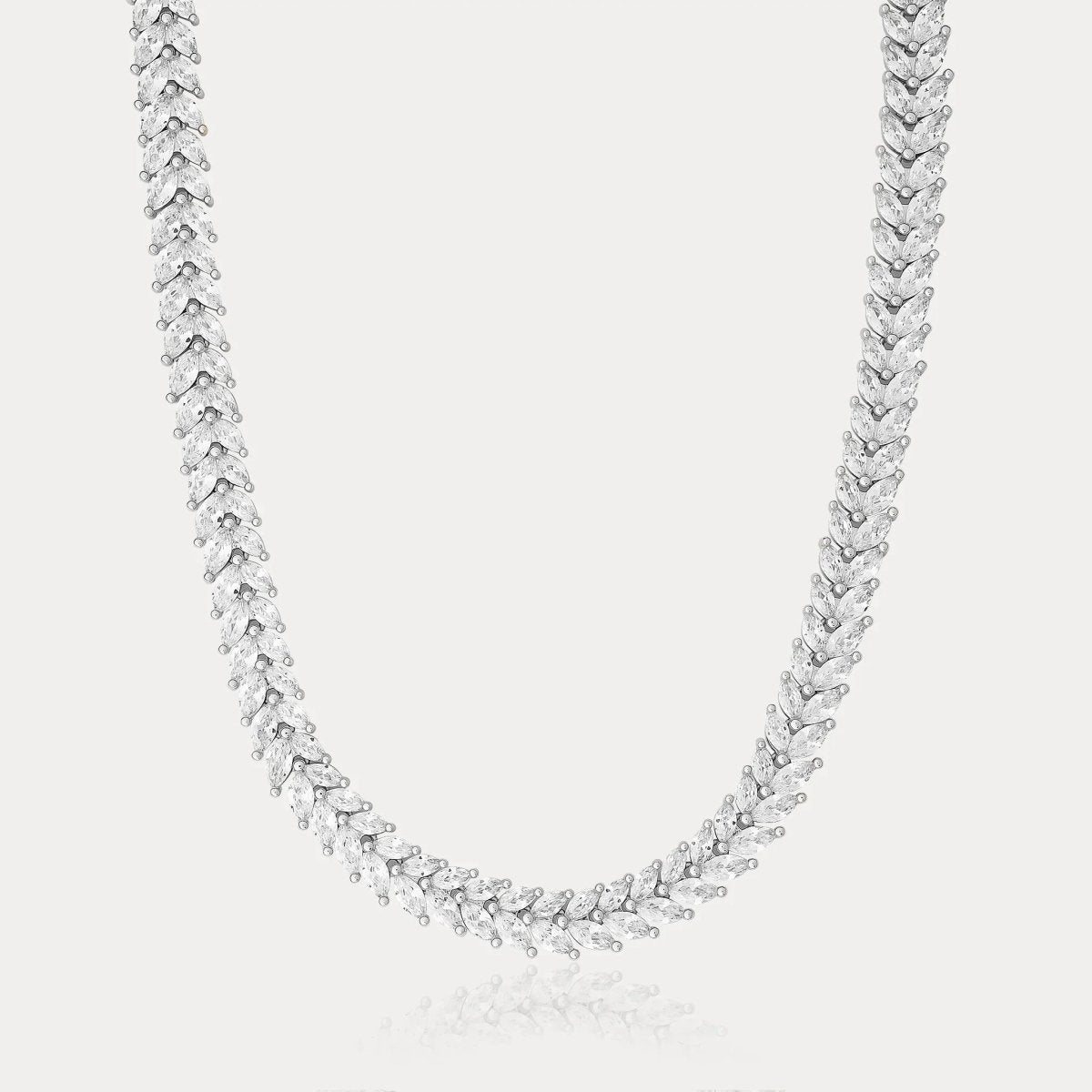

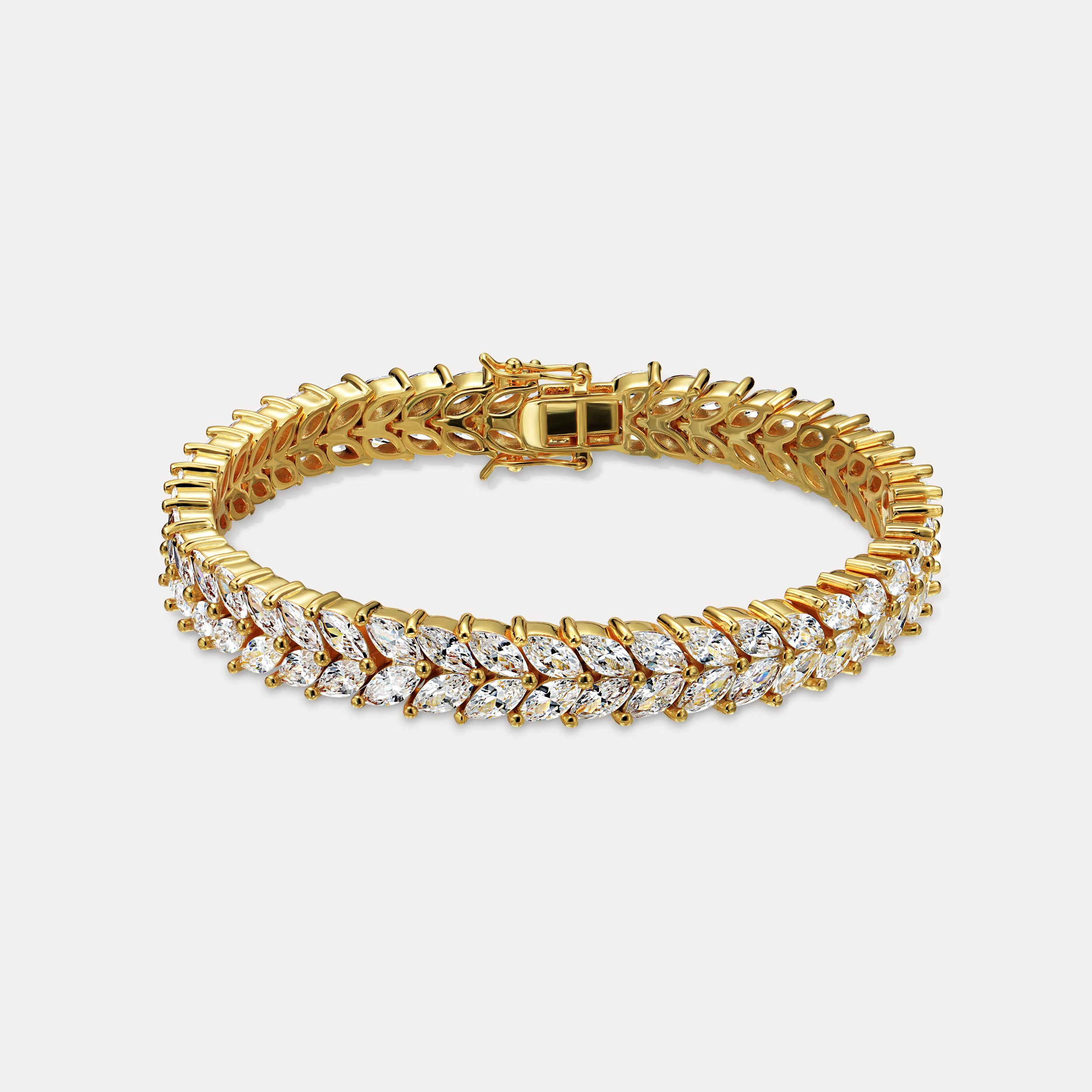

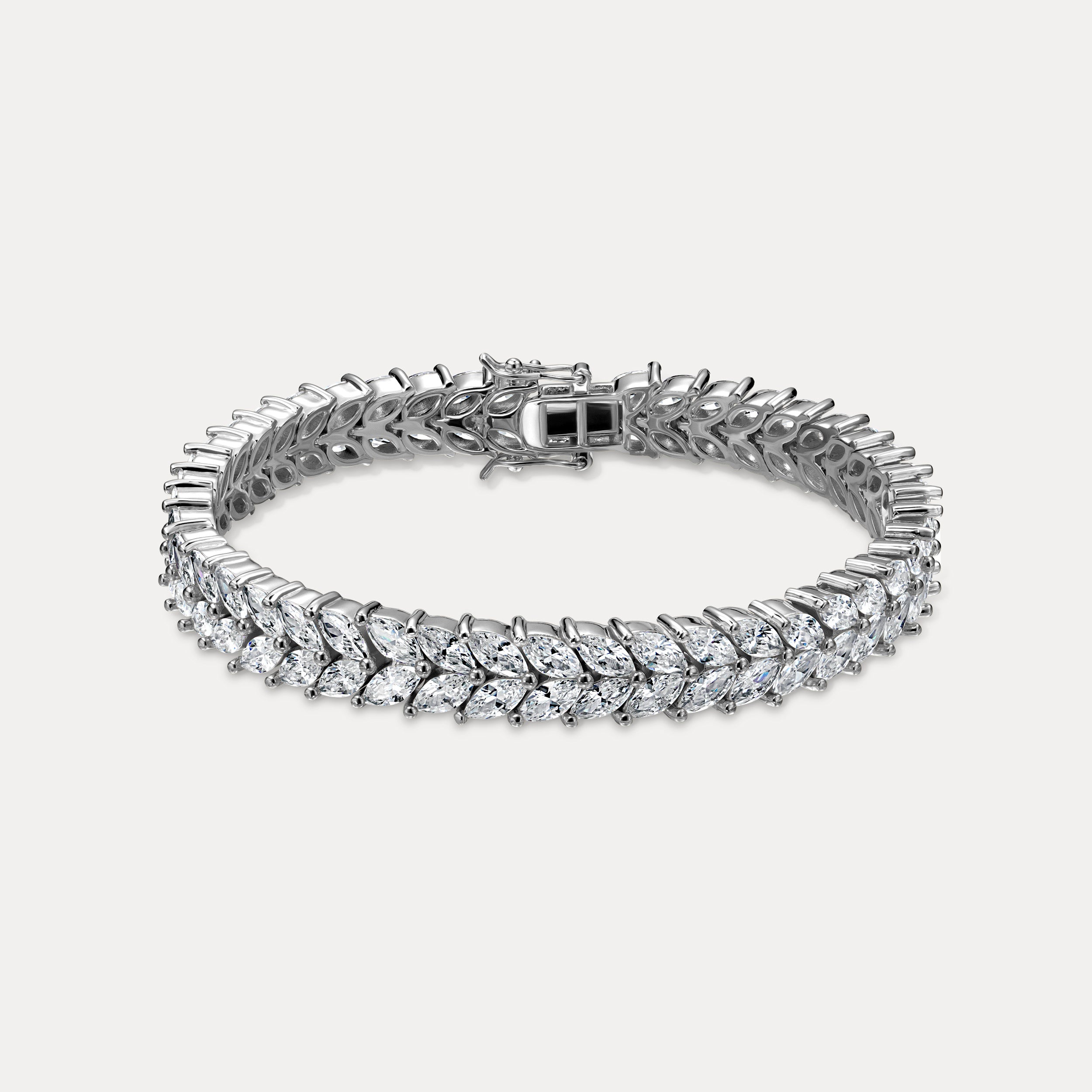
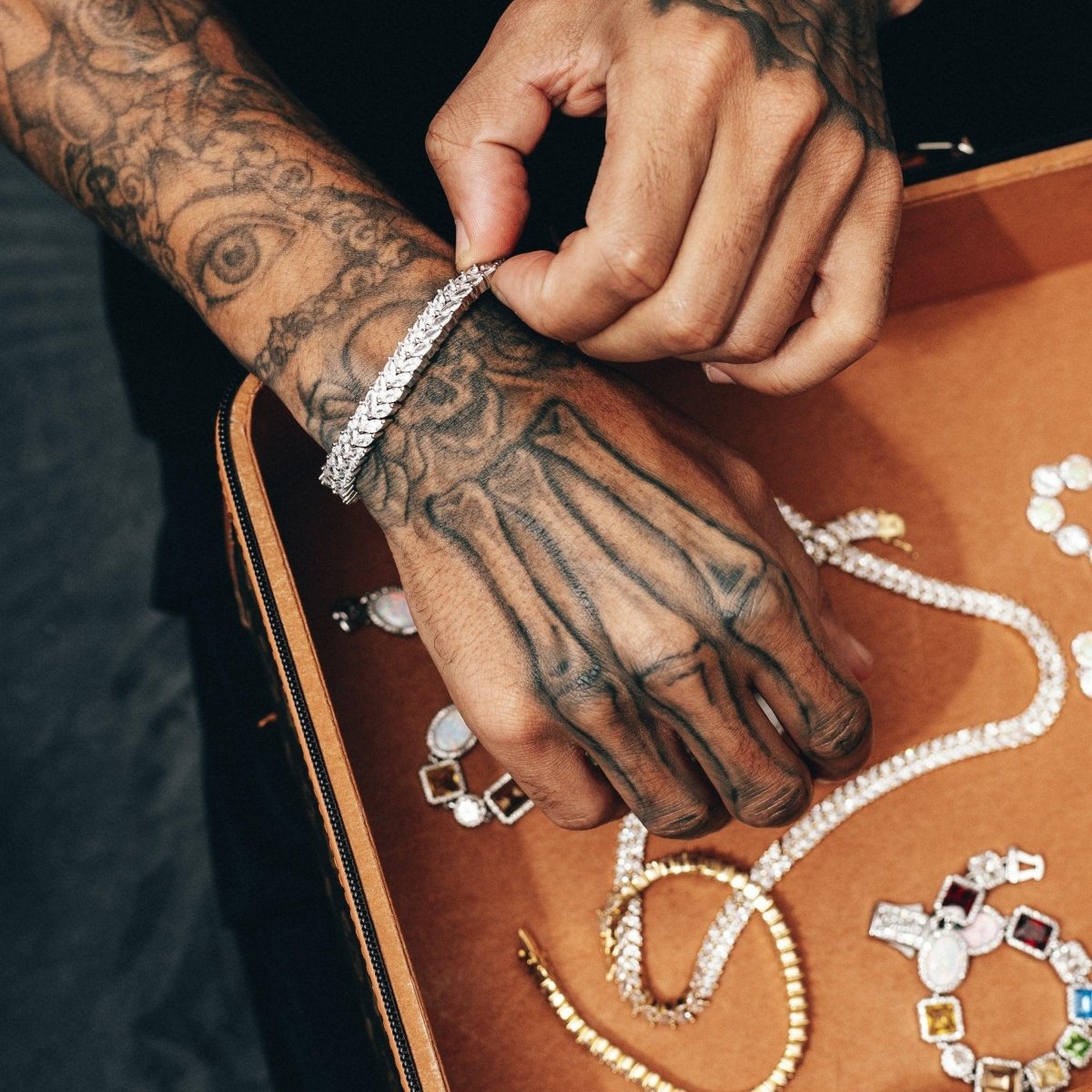
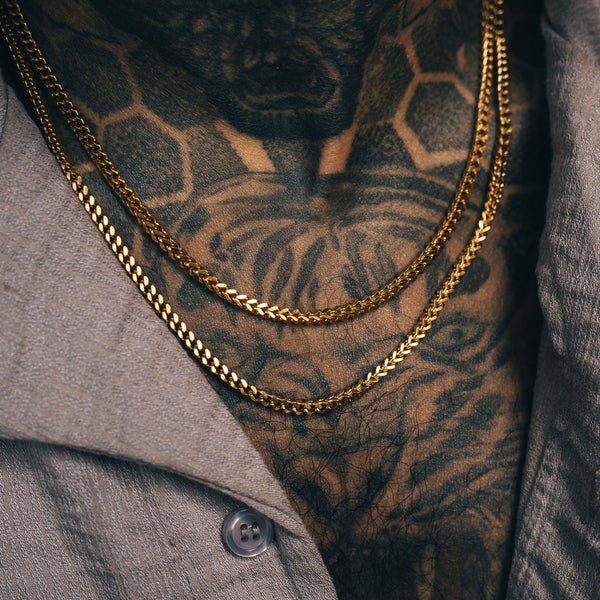

Leave a comment
This site is protected by hCaptcha and the hCaptcha Privacy Policy and Terms of Service apply.